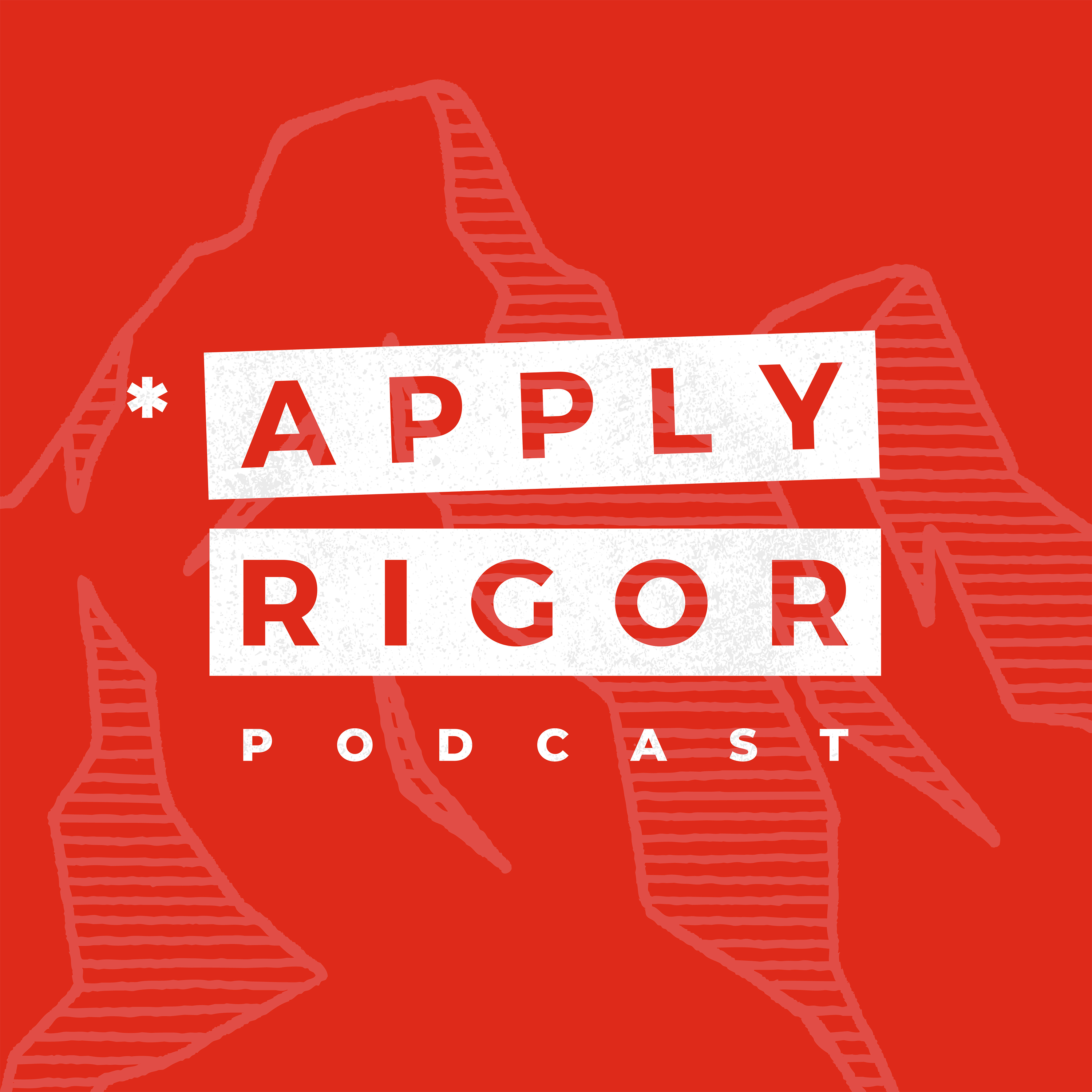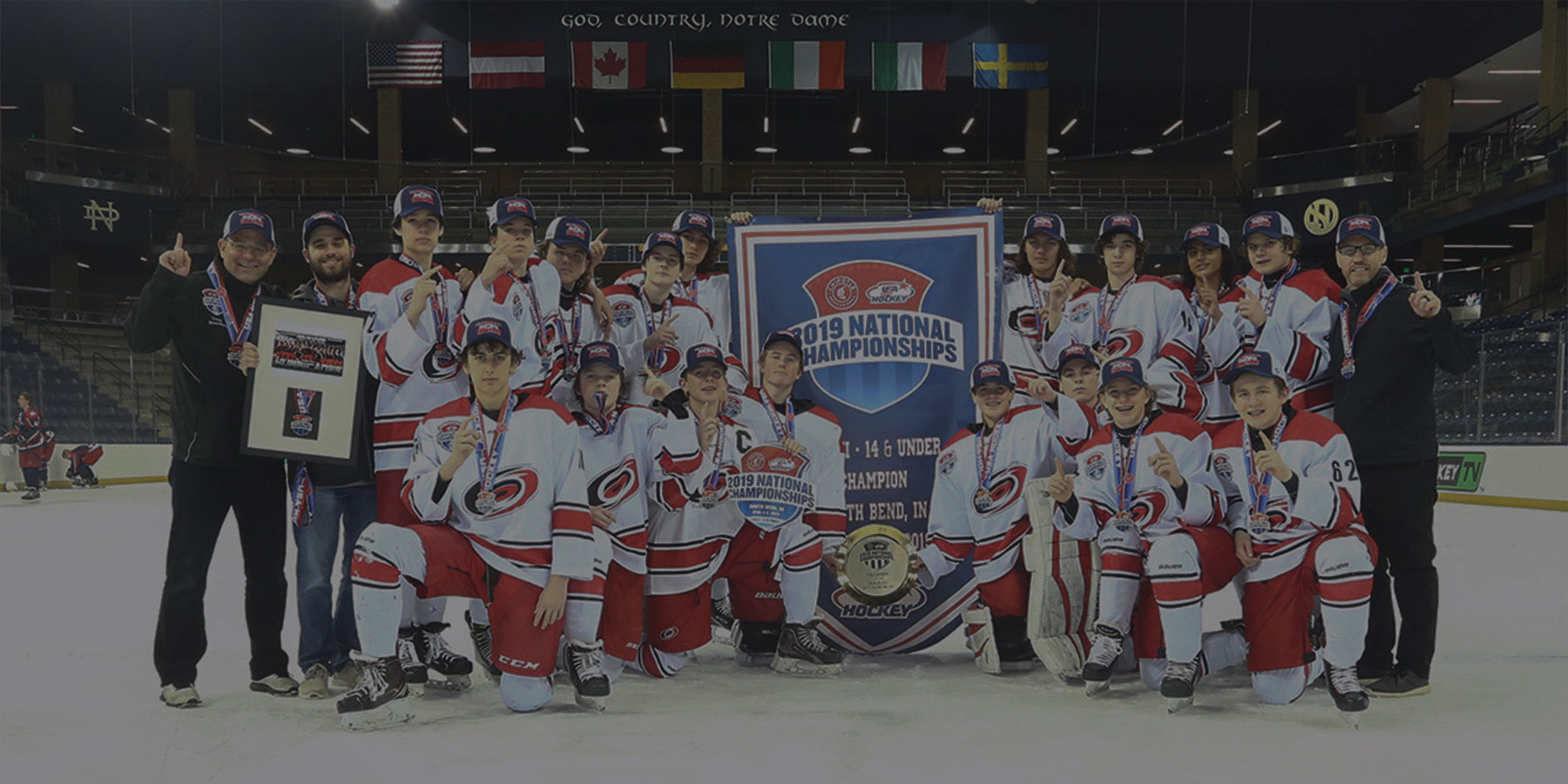
It’s been an amazing year being a sports psychology coach for six teams. Four of them went to the national tournament and two of them won it all! Working with both sports teams and some of the best and brightest Christian organizational leaders over the past 19 years, I have seen a trend. Successful sports teams and successful organizations follow the same steps and processes to create a unified team that competes every day.
Here is what I have learned: Highly successful teams compete with Peak High Velocity (PHV), they have laser-like focus, empathy, and have a passion for excellence.
Six-Steps to Build a Unified Team That Competes Every Day.
#1 Vision
Vision is at the core of every successful team. Vision is a short, portable, easy-to-understand, memorable, and inspiring statement that teams use as their north star. A properly written vision statement is more inspirational than it is factual. Vision connects to the limbic system of our brain, which is where our emotions are housed. Therefore, a strong vision causes people to become emotionally invested and tied into a clear and compelling future. Some of the most inspiring vision statements are seven to eleven words without conjunctions. Successful vision statements are ones that inspire, motivate, and provide clear direction for the future.
Southwest Airlines’ corporate vision is – “To become the world’s most loved, most flown, and most profitable airline.” Do you see it? Southwest uses this vision to motivate, invigorate, catalyze, and engage its employees. They believe that they are put on this planet to not only change the airline industry but the entire world. Love comes first for them. If the world loves them the most, then they’ll fly on their planes, which will make them the most profitable airline.
Is this possible? Is it bigger than Southwest? Are they the most flown every day? Are they the most profitable? The answer to all of these questions is – NO. However, it’s learning to live in and strive for this vision that attracts so many employees and flyers to Southwest, their north star. The big question then is HOW will they accomplish this? Good question.
Keep reading and we’ll get to that in a moment.
#2 Strategy
Where vision connects to the limbic system, mission, which gives birth to strategy and connects to the neocortex. Mission and Strategy are the nuts and bolts needed to answer the questions – How, Who, What, Where, and When? How will you make the vision a reality?
The Southwest Airlines mission is simple:
Dedication to the highest quality of Customer Service delivered with a sense of warmth, friendliness, individual pride, and Company Spirit.
With a vision to be loved, offer the most flights, and maintain the highest profit, the mission beautifully answers the question of, “How?” Have you ever flown on Southwest? If you have, you know, like I do, that this mission is executed every single day. It’s not out of the ordinary to be on a flight where the flight attendant announces and sometimes leads the other travelers in singing happy birthday to a passenger on the flight. It’s not rare to see gate agents engaging in meaningful conversations with passengers and checking them in with warmth and sincerity. It’s more common than not to see Southwest employees having so much fun that it causes you to smile.
Inspirational leaders that want their teams to compete every day with PHV use their vision and mission, to establish clarity, and they stick to it. This allows players and employees to be better equipped to move forward together as one unit. Power is established with unity, unity is the behavior behind the vision and mission, and this is the strategy.
As a side note:
The strategy builds trust because it enables organizational leaders to edify their behavior with their language. Building trust and establishing clear roles can help to drive awareness and empathy around individuals with both high and low emotional intelligence (EI). High EI people don’t allow circumstances to hold their emotions hostage. They are the masters of their emotions, as opposed to being a slave to their emotions.
#3 Brand and Culture
Vision + Culture = Brand. Let that sink in. Unified teams that compete every day have a brand. Sometimes that brand is not as strategic as organizational leaders and coaches want, but it’s there. In fact, it’s there 100% of the time, regardless if the coach or organizational leader was strategic or not.
Southwest’s Airlines brand is easy to identify – a loving airline operated by fun people who help you have fun when you fly. Their vision matches their culture. Southwest is organized and strategic, and it shows. It is a completely different experience compared to other airlines that love to tag passengers for every fee under the sun. As airline passengers are frustrated by all the inconvenience fees, like the air we breathe the moment our feet hit the airport. Southwest understands this process and has crafted a vision and culture to communicate its brand, a refreshing experience like “Bags fly free” policy is one example of eliminating fees and taking the frustration out of air travel. Face it, paying for bags isn’t fun!
Strategy + Brand = Core Values. Think about it. When companies and teams have a clear plan to accomplish their vision, each team member knows their role and why they are doing it. A compelling brand backed by authentic and transparent core values will give employees and consumers alike a sense of unity, direction, and purpose. What are teams that compete every day doing in order to exude their brand? They have properly set core values and core behaviors that can be traced back to their strategy, brand, vision, and mission.
Southwest has its core values housed in two main buckets. The first is “Live the Southwest Way”. Their values are a way of life and mean three distinct things:
- Warrior Spirit – They battle through adversity and never quit.
- Servant’s Heart – They live to serve others.
- Fun-LUVing Attitude – Fun MUST fuel function.
The second bucket is “Work the Southwest Way”. These values guide how they do what they do:
- Safety and Reliability – No one will fly on an airline that is not safe and/or reliable.
- Friendly Customer Service – You are their hero and they want you to know that you have a “friend” at Southwest.
- Low Costs – Money shouldn’t be a barrier from being treated like royalty at an airline. Do you realize that they don’t have first class?
A side note:
Try asking some of your clients how they feel after they work with your team. The answer will give you some clues about your unique brand. It could be a brand of value, encouragement, or timely execution, but every team has a brand.
#4 Communicate Vision and Strategy
At this point in the process, leaders, managers, and employees apply rigor and hustle. The harvest is plentiful but the laborers are few. Teams that compete every day are relentless about casting vision – in fact, they are pretty tired of casting vision. As a coach or organizational leader, finding creative ways to communicate the vision, mission, and core values is 90% of the job. Finding ways to tie these important guiding principles into meetings, emails, 1-on-1’s, and other daily tasks takes a lot of effort. Amazing organizational leaders and coaches are never satisfied. Hope is the breakfast of losers, while discipline, rigor, and tenacity are the breakfast of champions.
Southwest communicates through its leadership network with consistency, empowering its employees to live out “The Southwest Way”. Their attitudes are not manufactured. They are so dialed into the company’s vision, mission, strategy, and values that communicating these standards is both normal and natural to them.
Continue to find and create conversations around vision and culture.
#5 Pray
Prayer is the most powerful force on the planet. Leaders and coaches that have left a legacy have found an inner peace that helps them manage the peaks and valleys of life and leadership. They encourage their team to create moments to quiet their minds. The end result will be greater clarity and higher EI.
We can’t speak to this one in regards to Southwest. We don’t know if they pray. We can only speculate because it is no coincidence that their employees have more focus on living out their values than most. In order to do this, you have to have extreme mental clarity and the only way to do this is to create moments to quiet your mind, make decisions, and focus.
As a side note:
Gary Kelly, CEO of Southwest Airlines, is a champion of servant leadership and caring. Here is a quote from his Linkedin Blog:
“To be a leader, you have to care about everything; you have to feel it – vision; quality; innovation; talent; customers; profits; shareholders; and employees – especially your employees; your people.”
#6 Action
This is where it all comes together. Plan regular review cycles. Manage and eliminate distractions that don’t advance the vision. Find ways to manage your teams’ mental, emotional, physical, and spiritual (MEPS) aptitudes.
When it comes to action, Southwest pushes the team first in terms of goals, accountability, and compensation incentives. Many companies shy away from the team approach thinking that people may hide in the group, but that hasn’t been the case for them. Their team-based system is driven by continuous improvement, and free-riders are exposed very quickly and replaced by people more willing to commit themselves to real performance challenges.
Great companies and organizational leaders like Southwest and Gary Kelly reward what they want to see replicated and encourage people to live out the company vision, mission, strategy, and values.
If things don’t work perfectly at first, it’s ok. Keep working on the plan, and trust the process. Understand that all great companies, coaches, and leaders are tempted to jump into areas or lanes that they shouldn’t in order to manufacture progress, or get results quicker. Leaders like Gary Kelly are addicted to progress, grit, and rigor – they are passionate about what they do and how they communicate it. Vision cast, encourage, coach, and hold people accountable – then repeat!
“Last year, we flew 125 million customers, the most of any U.S. airline. It took over 50,000 employees to serve those customers, operating one of the world’s largest fleets of over 700 aircraft. A $20 billion company like that demands two things: Leadership and Teamwork. They go hand in hand”- Gary Kelly CEO Southwest Airlines
These six steps are the skeleton plan for a unified team that competes every day. If you know of any high-performing teams, compare them to the list and see what you find. You may be surprised and encouraged all in one!
Godspeed.


